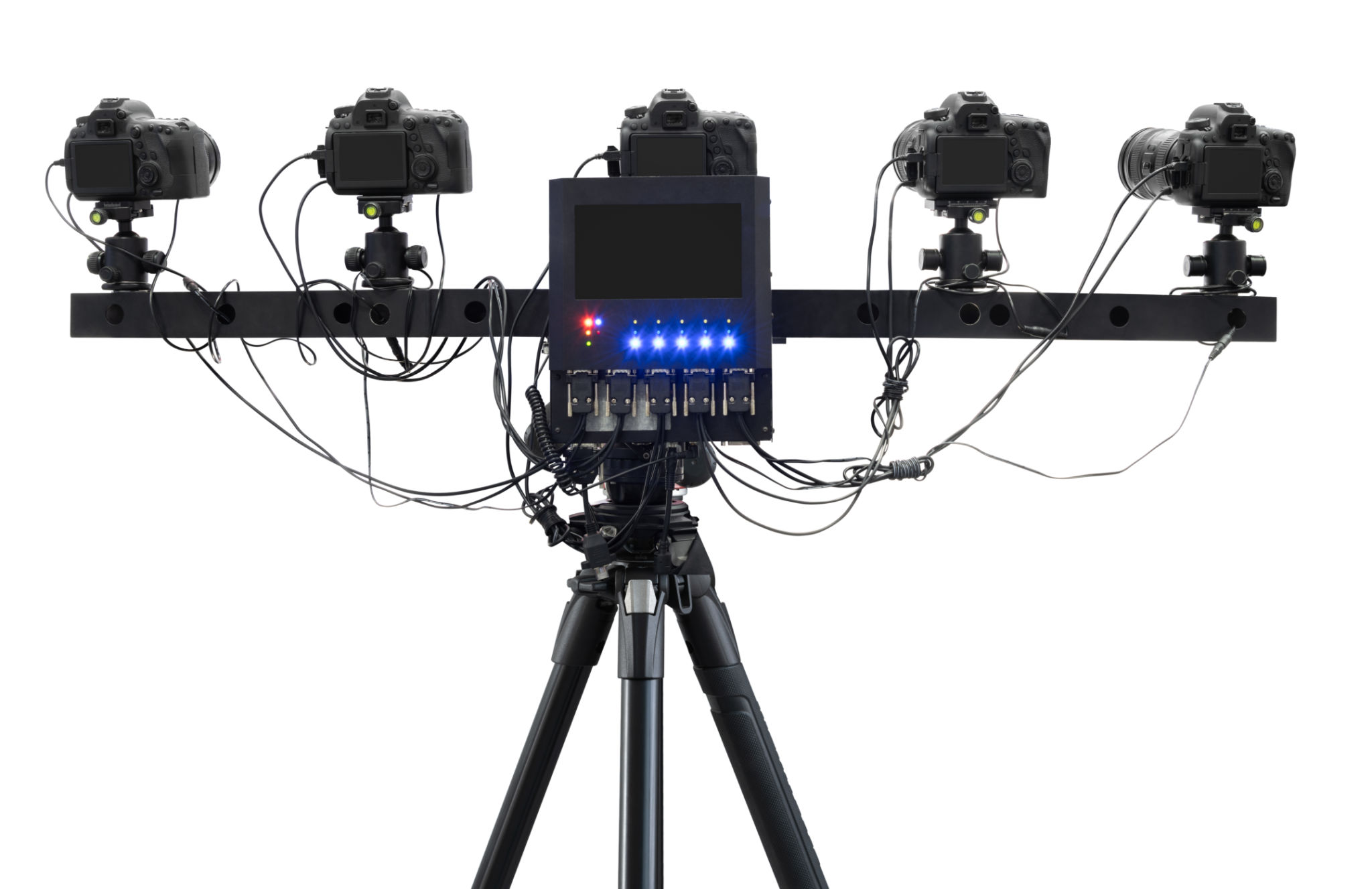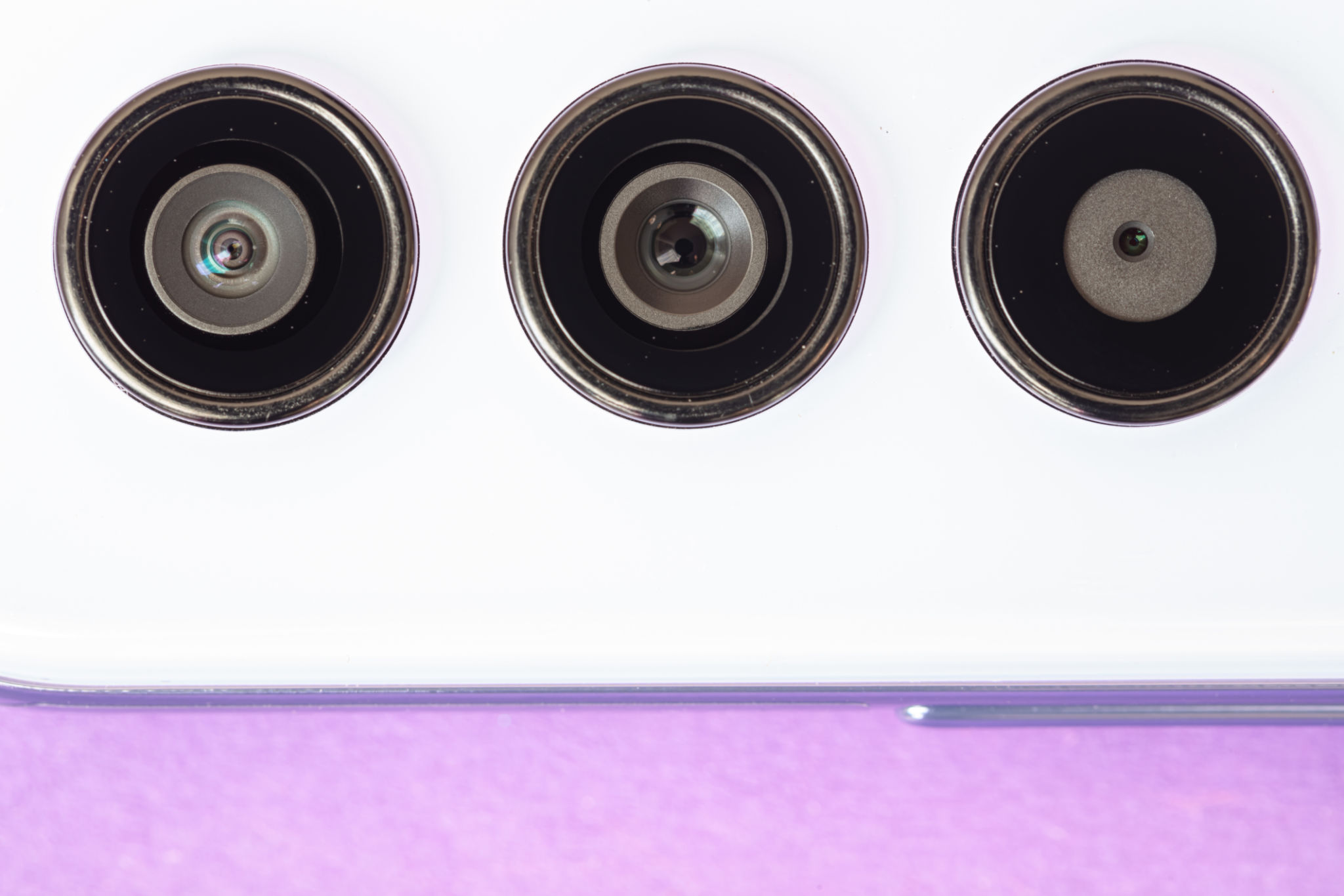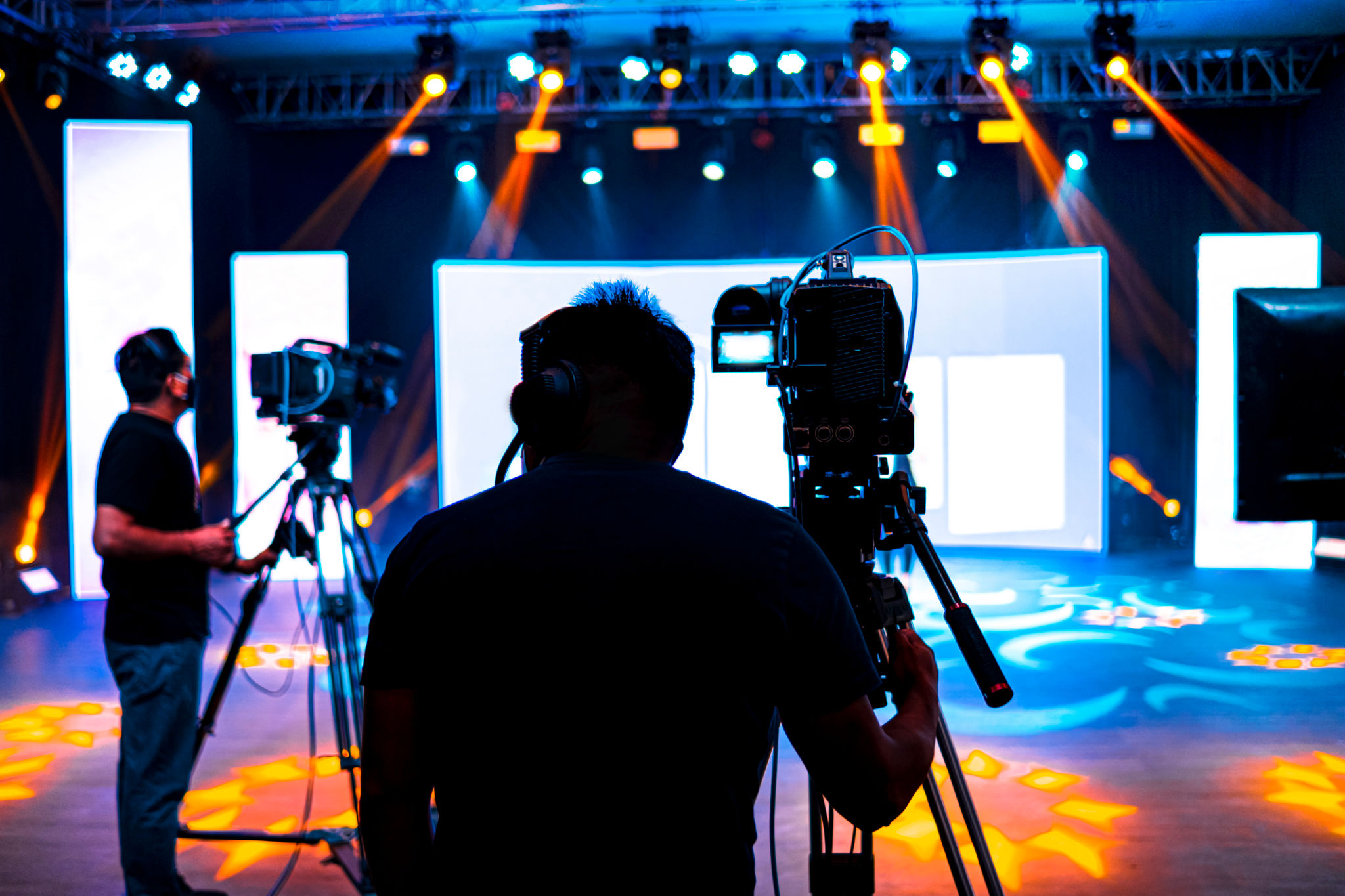Comparing Multi-Camera Setups: Which is Best for Your Live Event?
Understanding Multi-Camera Setups
When it comes to live events, capturing every moment from multiple angles can significantly enhance the viewer's experience. Multi-camera setups allow for dynamic storytelling, providing audiences with a comprehensive view of the event. But with various options available, how do you determine which setup is best for your live event?
Multi-camera configurations can vary widely depending on the type of event, the desired output quality, and budget constraints. Each setup has its own strengths and weaknesses, making it essential to weigh your options carefully before making a decision.

The Basic Two-Camera Setup
A two-camera setup is often the starting point for many live event productions. It typically involves one camera capturing a wide shot of the entire stage or area, while the second camera focuses on tighter, more detailed shots. This configuration is ideal for events with a smaller budget or where space is limited.
The main advantage of a two-camera setup is its simplicity and cost-effectiveness. It requires less equipment and manpower, which makes it suitable for small to medium-sized events such as corporate meetings or intimate concerts.
Expanding with a Three-Camera Setup
For those looking to add more depth to their live event coverage, a three-camera setup offers an excellent balance between complexity and flexibility. This configuration typically includes one wide shot camera, one camera dedicated to close-ups, and an additional camera for audience reactions or alternate angles.

The three-camera setup is often used in talk shows, panel discussions, and larger corporate events. It allows for more creative editing possibilities and can keep the audience engaged by frequently changing perspectives.
Advanced Multi-Camera Options
For large-scale live events like concerts, sports events, or award shows, a more complex multi-camera setup might be necessary. These setups can include anywhere from four to ten cameras, each with a specific purpose, such as capturing aerial views, backstage footage, or audience interactions.
While these setups provide extensive coverage and versatility, they also require significant planning and resources. Crew coordination becomes crucial to ensure seamless switching between cameras and maintaining high production quality.

Key Considerations When Choosing Your Setup
When selecting a multi-camera setup for your live event, several factors should influence your decision. Consider the event's scale, the venue's size, and the intended viewing platform. For instance, a large venue may necessitate additional cameras to cover all areas effectively.
Budget is another critical consideration. While more cameras can enhance production quality, they also increase costs in terms of equipment rental and personnel. It's essential to strike a balance between desired quality and available resources.
Conclusion: Tailoring Your Setup to Your Event
Ultimately, the best multi-camera setup for your live event depends on your specific needs and goals. By understanding the capabilities and limitations of different configurations, you can make an informed decision that enhances your event's storytelling and audience engagement.
Whether opting for a simple two-camera setup or a more intricate multi-camera arrangement, the key is to plan meticulously and ensure that every camera serves a distinct purpose. With careful consideration and execution, a well-chosen multi-camera setup can transform your live event into an unforgettable experience.
